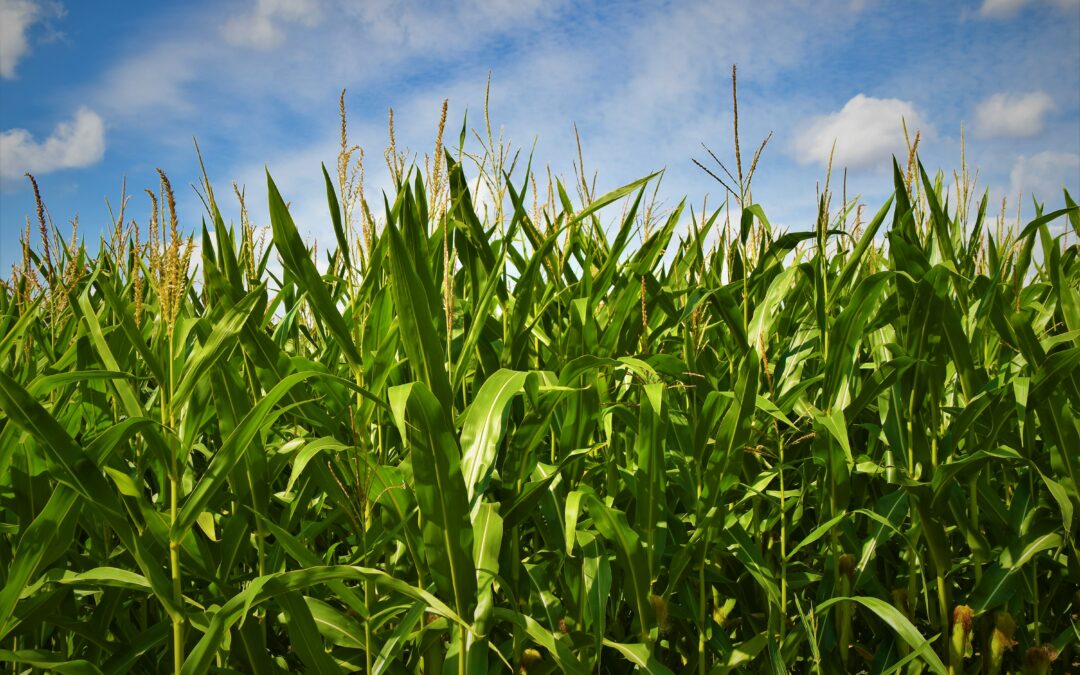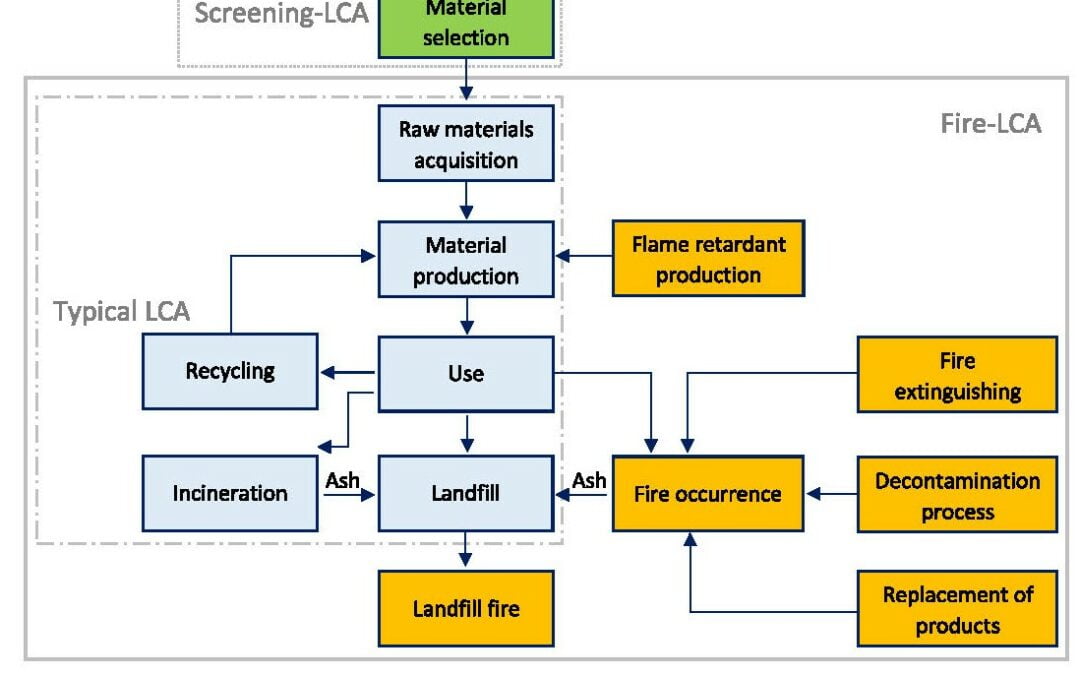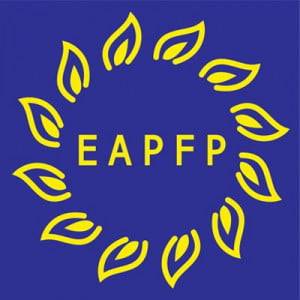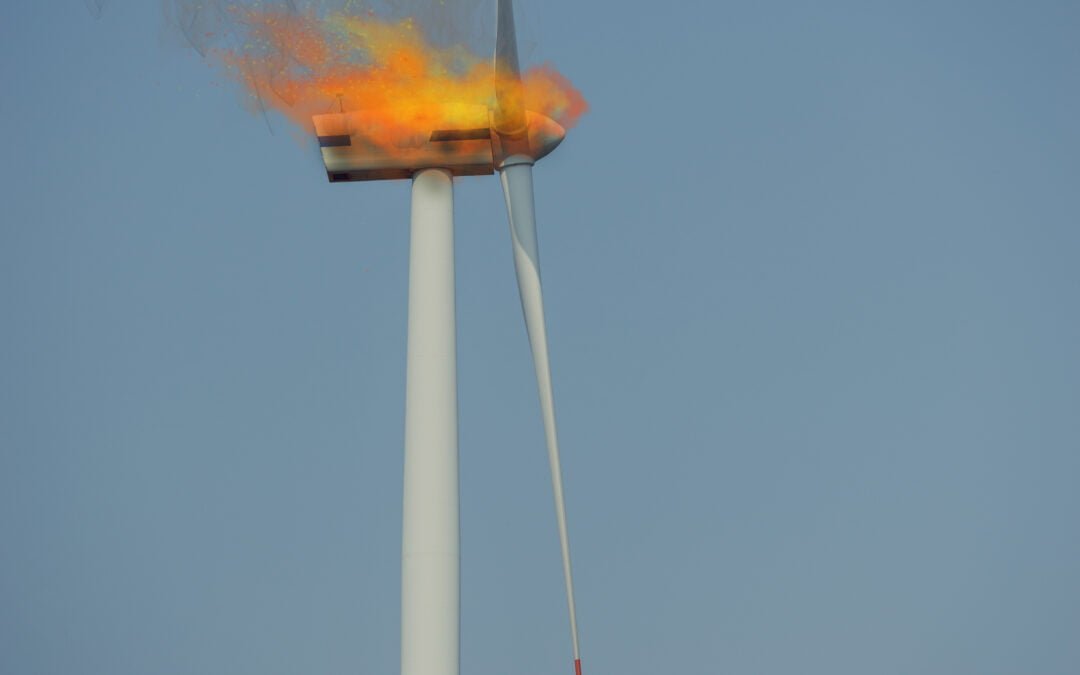
by pinfa-editor | 27 Jul, 2021
Field trials show effectiveness of a fertiliser made by pyrolysis of cellulose fibre insulation containing boron flame retardant. Boron is on the EU Critical Raw Materials list since 2014, with 70% being used in glass and ceramics, 12% in fertilisers (18% other)....

by pinfa-editor | 8 Jul, 2022
Adèle Lamandé, CSTB France (national construction technical centre), presented studies of gas emissions from timber laminates under different oxygen concentrations, intended to simulate different fire conditions. She underlined that three quarters of deaths in...

by pinfa-editor | 30 Oct, 2020
LCAs conclude benefits of PIN FRs but further LCA work is needed to support substitution of halogenated FRs. Samani et al. reviewed FR LCAs, finding only two LCAs specifically comparing flame retardants (Jonkers 2016 – summarised in pinfa Newsletter n° 58, Deng 2016,...

by pinfa-editor | 30 Jan, 2023
Input to the CPR revision says fire performance should be a key performance indicator for building sustainability. The European Association for Passive Fire Protection (EAPFP) welcomes the proposed revised legislative text for the Construction Products Regulation...

by pinfa-editor | 26 Oct, 2023
There are today over twenty wind turbine fires annually worldwide, causing up to 5 million € economic loss per fire. Causes include lightening, mechanical / gear / rotor breakage, bearing friction, overheating, sparks from mechanical problems or from braking,...






